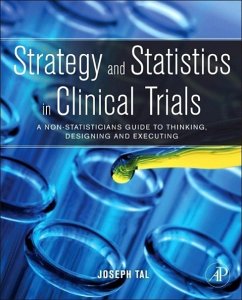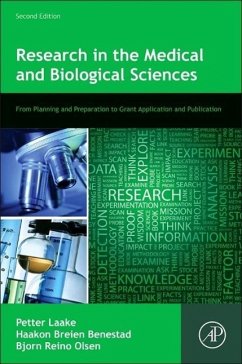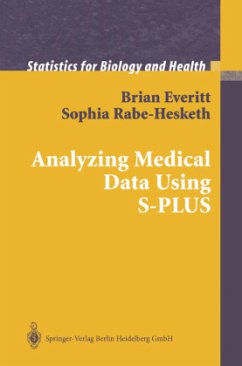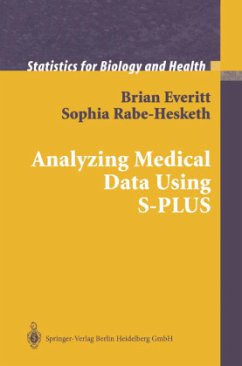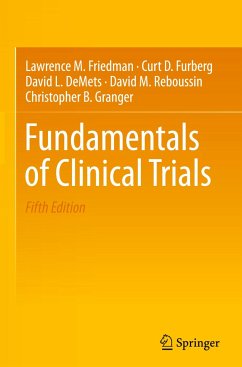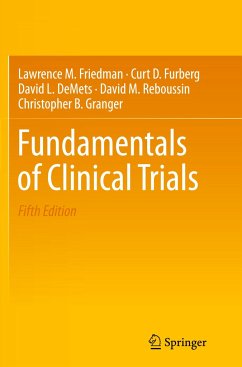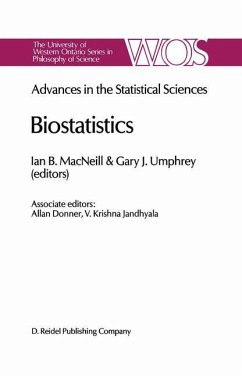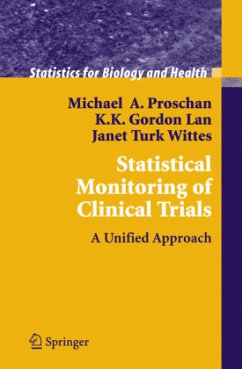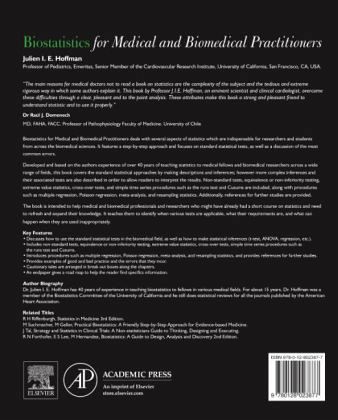
Biostatistics for Medical and Biomedical Practitioners

PAYBACK Punkte
33 °P sammeln!
Biostatistics for Practitioners: An Interpretative Guide for Medicine and Biology deals with several aspects of statistics that are indispensable for researchers and students across the biomedical sciences.
The book features a step-by-step approach, focusing on standard statistical tests, as well as discussions of the most common errors.
The book is based on the author's 40+ years of teaching statistics to medical fellows and biomedical researchers across a wide range of fields.
The book features a step-by-step approach, focusing on standard statistical tests, as well as discussions of the most common errors.
The book is based on the author's 40+ years of teaching statistics to medical fellows and biomedical researchers across a wide range of fields.




